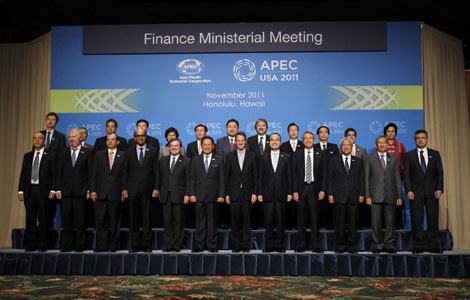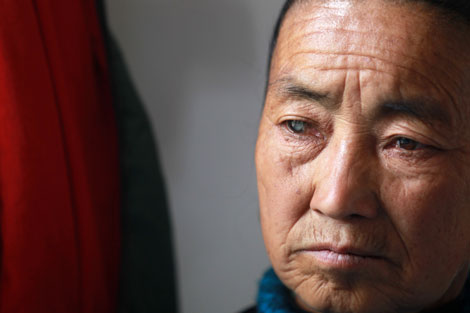Patent protection promotes progress
Updated: 2011-11-07 07:52
By Lin Dapeng (China Daily)
|
|||||||||||
A senior Chinese government leader once said at a public occasion related to a special campaign to combat intellectual property right (IPR) infringements that if the ancient Chinese had established an IPR system and registered the patents for gunpowder, the compass, typography and paper making, China would have made a fortune in royalty fees.
In reality, that didn't happen and the IPR system originated in the Western world. At the same gathering where the senior Chinese official lamented our ancestors' failure to develop an IPR regime, a top US diplomat briefly introduced the US Patent and Trademark Office (USPTO), which was founded in 1793, only a few years after the US constitution was ratified.
While the British bourgeois revolution during 1640-1660 created an institutional environment for the later industrial revolution, China was changing dynasties and about to begin one of the most centralized, autocratic and self-segregated eras in history. The lack of awareness of science and technology development and lack of attention to patent protection in the Qing Dynasty (1644-1911) resulted in the lack of an institutional environment that could inspire innovation.
China, nonetheless, had many scientific inventions during 15th and 19th centuries. For example, astronomy, mathematics, textiles, metallurgy, paper, printing, ceramics and house building all developed to new heights. However, since there was no systemic protection of IPR, China's technology lagged behind Western nations.
And in a feudal society, one's social status was decided by one's kinship with or personal attachment to the royal family or dignitaries, rather than by one's contributions to society, and people's technological talents, business acumen and associated achievements were not perceived as an important basis for determining one's well-being in a feudalistic society.
So, clearly a fundamental change in the realm of social structure is a prerequisite before a leap forward in technological progress becomes possible.
The Xinhai Revolution in 1911 and the smashing of the Gang of Four in 1976 were critical in paving the way for this in China. When stereotyped article writing was used as the criteria for selecting talents and future government leaders in the nearly 2,000 years from the Qin Dynasty onwards, the practice of burning books, burying alive intellectuals and literary inquisitions stifled any fresh ideas and people's enthusiasm to innovate, the system was stagnant.
Since the beginning of the reform and opening-up policy in the late 1970s, China started to establish a contemporary and exuberant institutional environment for innovation. Scientists and intellectuals now enjoy a high social status, the government allocates funds for research and development, and international academic exchanges are frequent. China promulgated its first Patent Law in 1984, which has been revised twice since then.
Besides the patent law, China has also established an institutional framework in the realms of trademarks and copyright. In 1982, China promulgated the Trademark Law followed by the Copyright Law in 1990. China also promulgated a software protection regulation at the end of 2001. Meanwhile, China has also launched campaigns to fight against all sorts of IPR infringements.
Growth theory suggests that given diminishing rate of returns to investment and labor inputs, total factor productivity plays the most critical role in sustainable economic growth, and IPR protection and innovation institutions are indispensable to technological progress and increasing productivity.
Other key factors include streamlining the economic system and creating a level playing field for fair competition.
If there is a third area where the government can contribute to innovation, it is to foster a free, open and equal social environment and to stimulate critical thinking in the whole education system. Differentiation and diversity should be respected and appreciated, new and creative ways of doing things should be encouraged, and this level of openness cannot evolve without an equal and participatory culture.
The author is a freelancer writing on legal issues.
(China Daily 11/07/2011 page8)
Hot Topics
Libya conflict, Gaddafi, Oil spill, Palace Museum scandal, Inflation, Japan's new PM, Trapped miners, Mooncake tax, Weekly photos, Hurricane Irene
Editor's Picks

|

|

|

|

|

|







